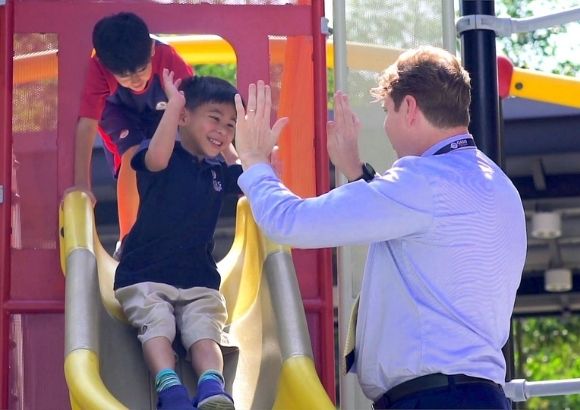The American Way: A Broad Approach To Education
 Schooladvisor Team
Schooladvisor Team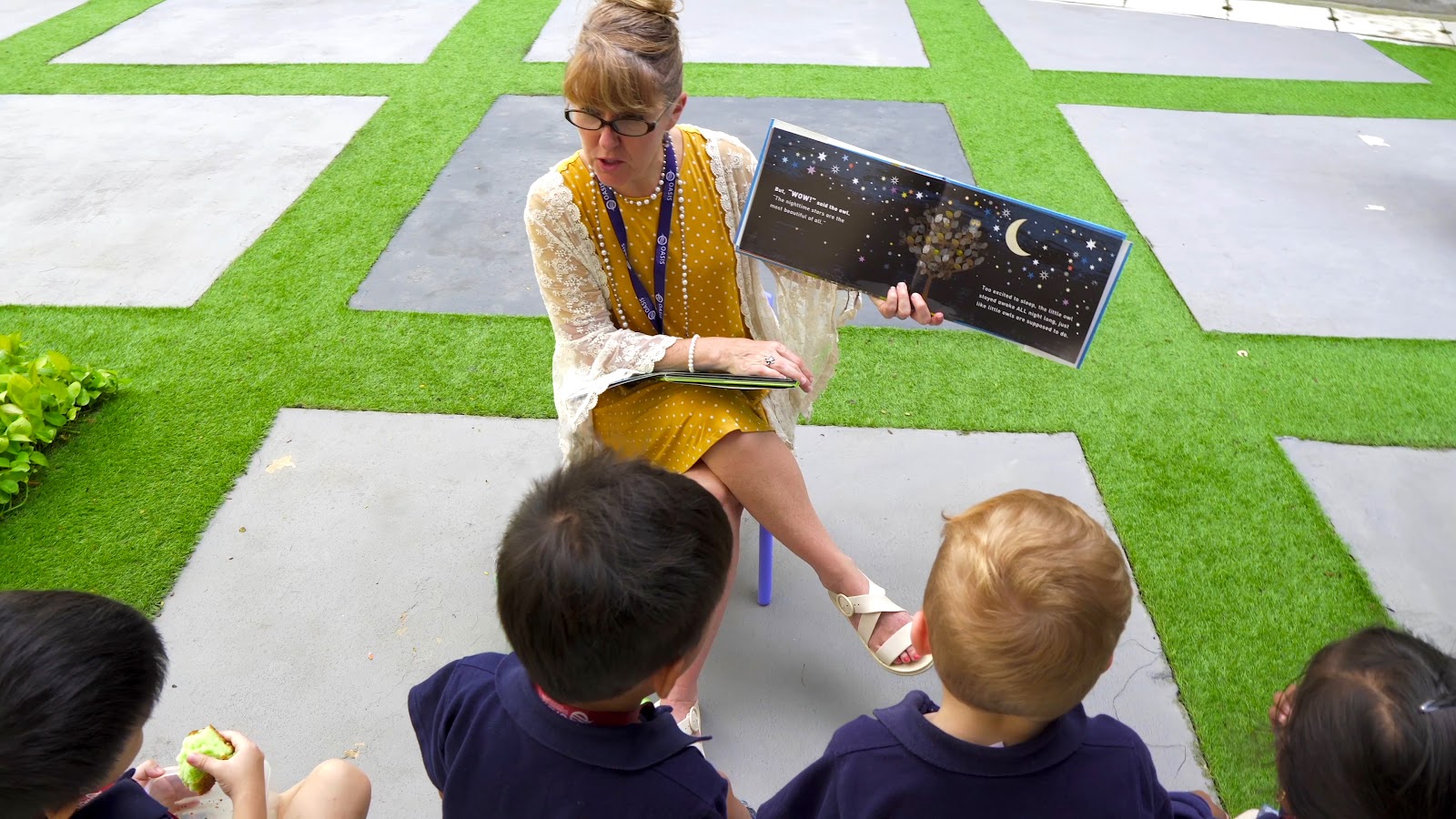
The US syllabus is a bit like a lone cowboy on the road when it comes to a Malaysian setting: it is still finding its footing among the perceived superiority of other systems. This is because we tend to pick the familiar over what we don’t know; exam-based curriculum has been a default choice for many years.
However, the tide is now turning as parents come to terms with the fact that children need a more holistic approach to education. This article is meant to give our readers a complete picture of the US syllabus and its many merits.
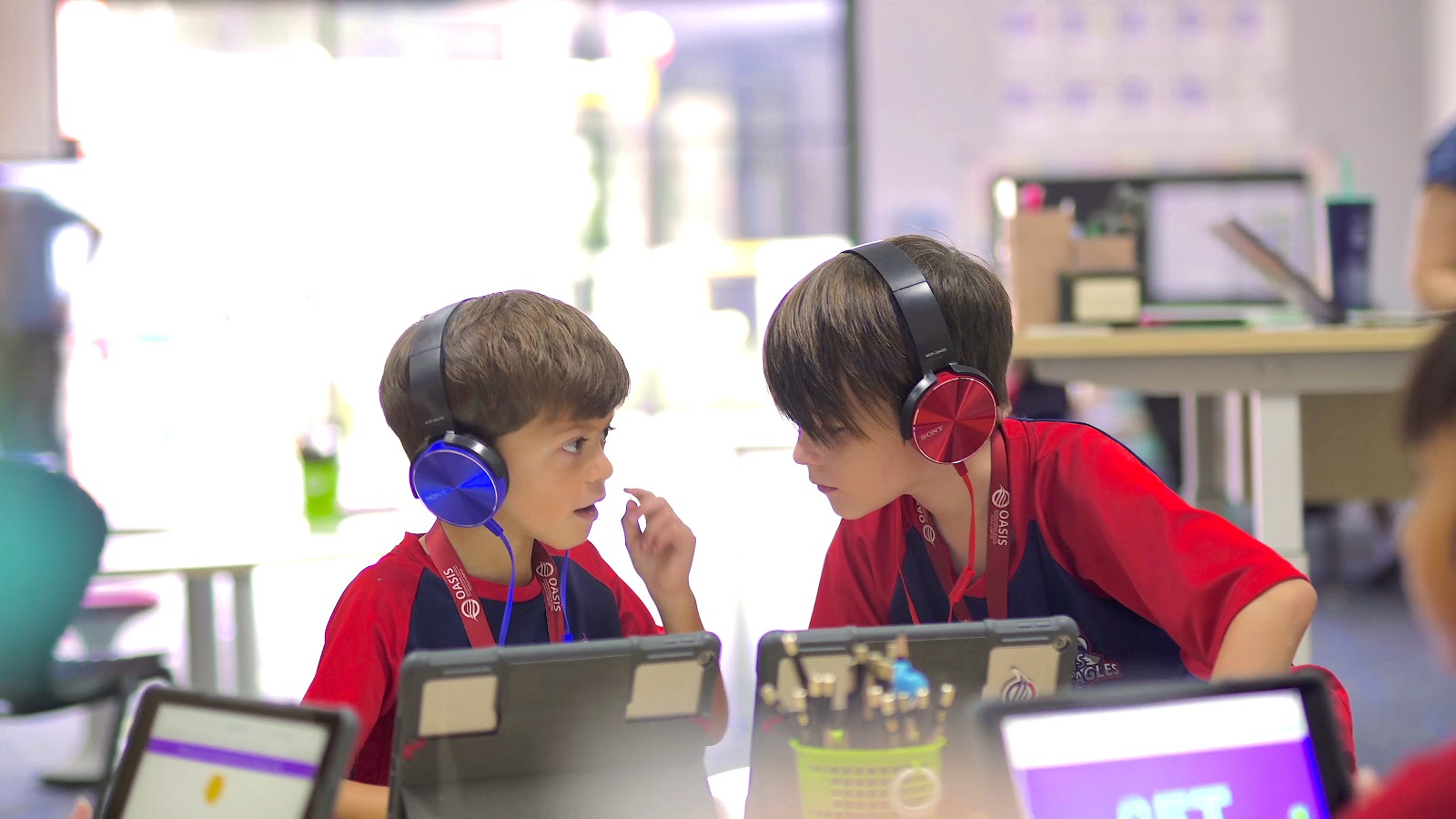
The most significant aspect of the US syllabus is the fact that learning does not take place in a passive manner. At Oasis International School, for example, the thing that they have seen that stands out the most to parents and students alike is the expected and constant interaction the students must have in the classroom with each other, and with their teacher.
This ensures that students are actively engaged with the material and are experientially involved in the classroom. Methods of classroom delivery include group discussions, projects, research and more. Lectures are also part of this, but students are constantly tested on their knowledge, sometimes in the form of pop quizzes or tests.
The assessment-based approach is emphasised on heavily, and in the American system, this refers to things like assignments and projects. The ratio of assessments versus exams is as high as 80:20, but this is what makes the system work as well as it does. You might be wondering how students are graded in this case.
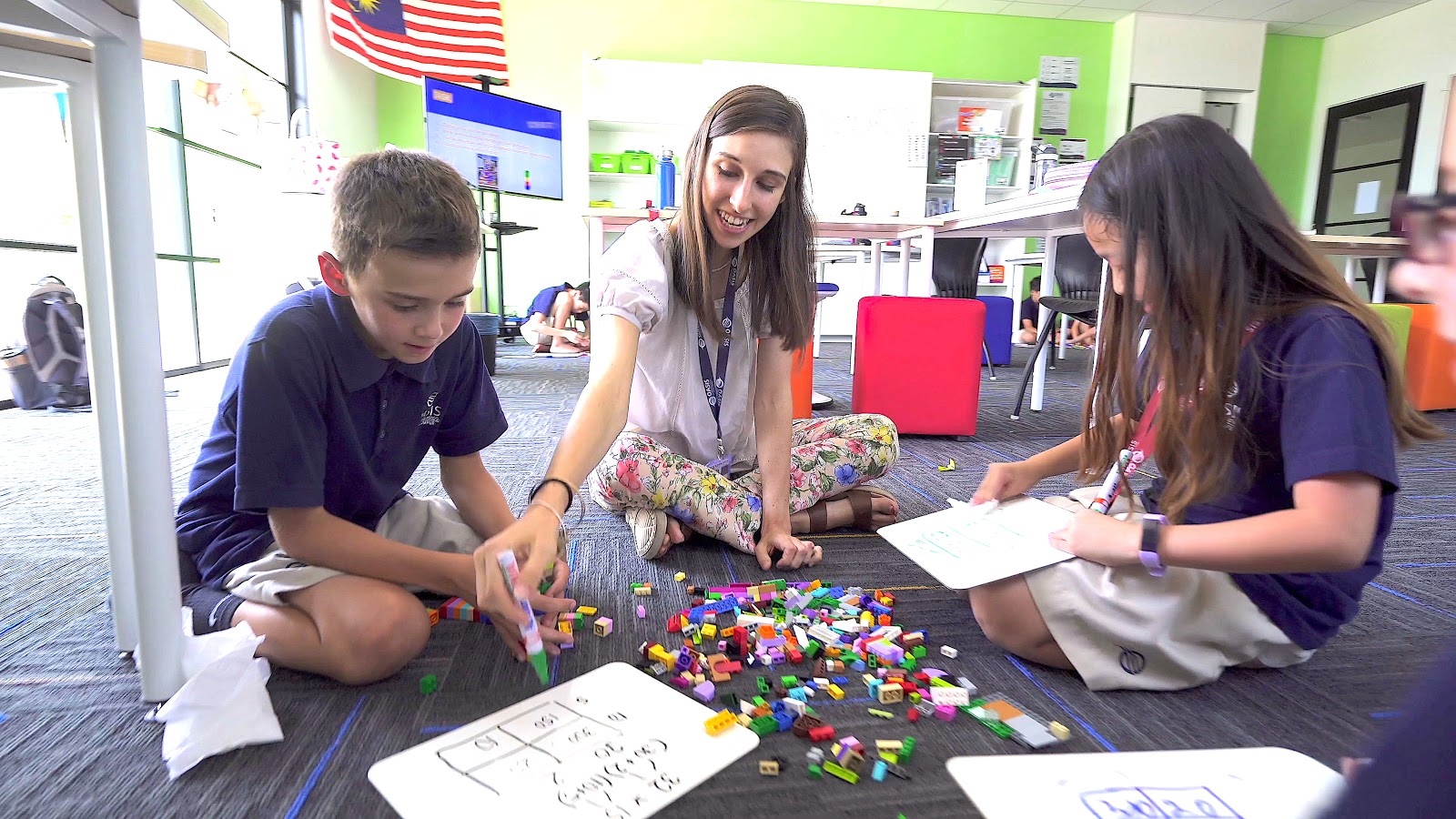
In elementary school, which is grouped as K-5 (Kindergarten to Grade 5), students are graded with a standards-based system. The standards-based grading system assesses students against the expected outcomes of each subject. Schools that utilize the American system also have national standards to adhere to.
The American syllabus is measured against something that is known as the Common Core standards. Built on existing state guidelines, the Common Core State Standards provides clear and consistent learning goals to help prepare students for university as well as their professional careers and lives. The standard outlines what students are expected to learn at each grade level, which enables all parents and teachers to understand and support their learning. The standards prioritise research and evidence-based learning and is based on rigorous content and the application of knowledge through higher-order thinking skills.
For example, in kindergarten level science, students are expected to be able to push or pull an object, identify patterns of plants and animals and what they need to survive. Kindergarteners will also be expected to know how to observe the effect of sunlight on earth and identify local weather conditions.
The equivalent of letter grade ‘A’ in standards-based grading would be ‘Advanced’, followed by ‘Proficient’, ‘Basic’, and ‘Below Basic’. At Oasis International School, a numbered scale is used whereby ‘Advanced’ is a 4, and ‘Below Basic’ is a 1. This changes in the Middle and High School Program (Grade 6-12), where students start to get graded using the letter scale.
A Broad Approach To Learning
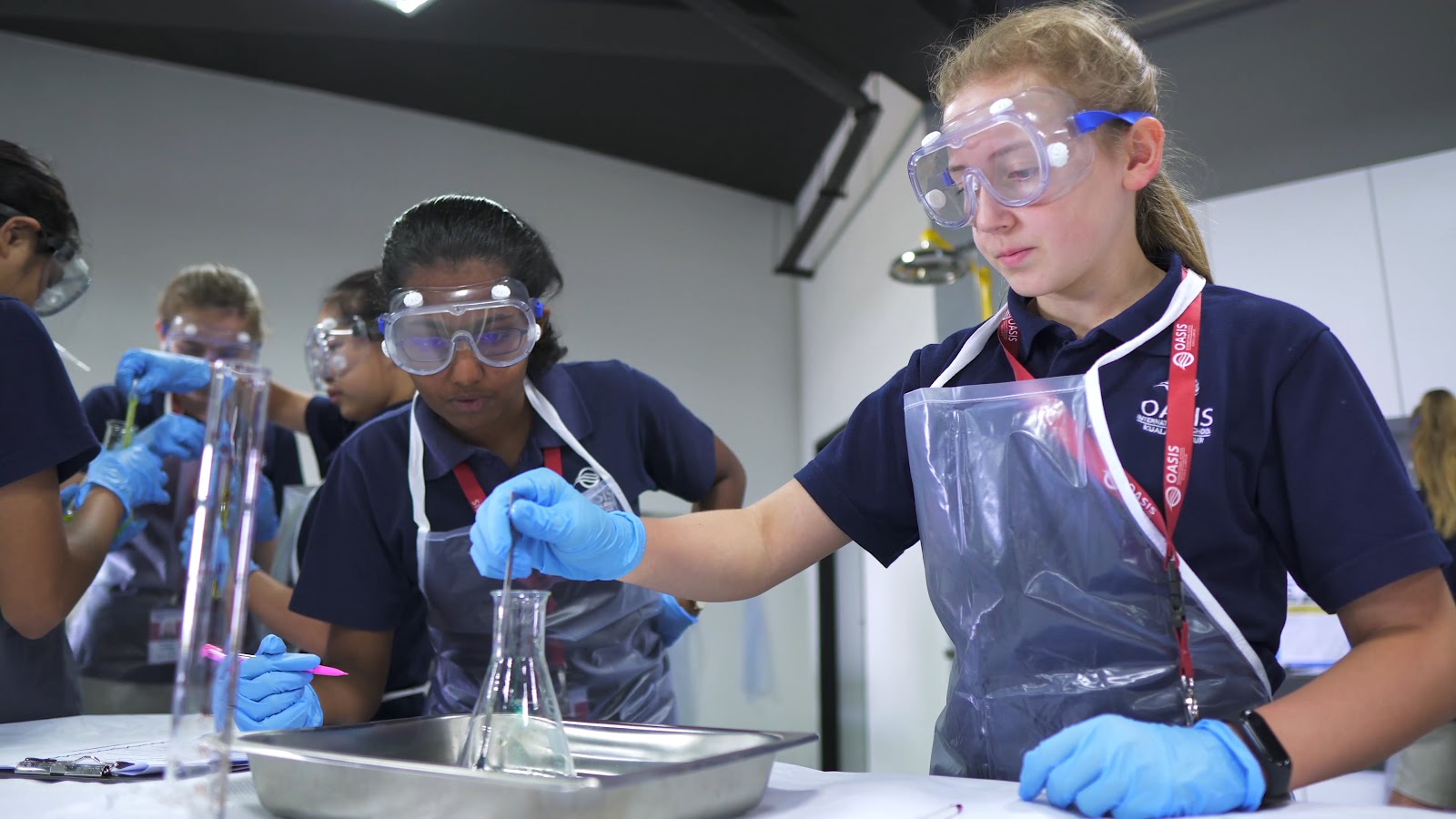
Besides the heavy emphasis on a variety of assessments, the US syllabus is praised for its broad approach to subjects. Unlike other syllabi that usually compels students to make a choice between science and arts, or to narrow down their interests, students in the US system learn a variety of subjects from the time they are in kindergarten right up to 12th Grade (equivalent to Form 6).
At Oasis International School, elementary students dive into Language Arts, Social Studies, Art, Music, Character Education and Physical Education besides Maths and Science subjects. Bahasa Malaysia and Mandarin are also offered in order for students to grasp the basics of the language.
In Middle School, students are introduced to English Language Arts which is aimed at strengthening their effective communication skills, as well as their critical thinking. Middle School students also take on Social Studies and begin their Life Skills subjects (under Character Education) which teaches them how to be responsible global citizens. They are also exposed to Intermediate and Advanced Mandarin where they start to learn about Chinese culture. The Middle School version of Bahasa Malaysia is compulsory for Malaysian students.
In line with Oasis International School’s forward-thinking and future-proofing goals, Middle School students also pick up Design Technology from as early as Grade 6. Topics of interest include Virtual Reality, Augmented Reality and the importance of knowing digital productivity through the use of spreadsheets and presentations. By 7th Grade, students will know about stop-motion animation, and by 8th Grade, they are learning to code to perform interactions with a basic robot.
High School is where things get interesting. Unlike other systems, the US syllabus exposes high-schoolers progressively to Science and Maths subjects, as well as Literature and History. For example, in 9th Grade, students take up geometry, and in 10th Grade, they pick up Algebra II.
Each subject carries a credit score. In order to complete the necessary requirements and move on to college or university, students must accumulate enough credits throughout their time in High School. Each student must complete a minimum of 24 credits; this accumulation of credits earns them a High School Diploma. One credit is awarded for each one year class that is completed. A half credit is awarded for completion of one semester. Students have the freedom to complete more than 24 credits if it fits their schedule.

Exploring Their Own Interests in High School
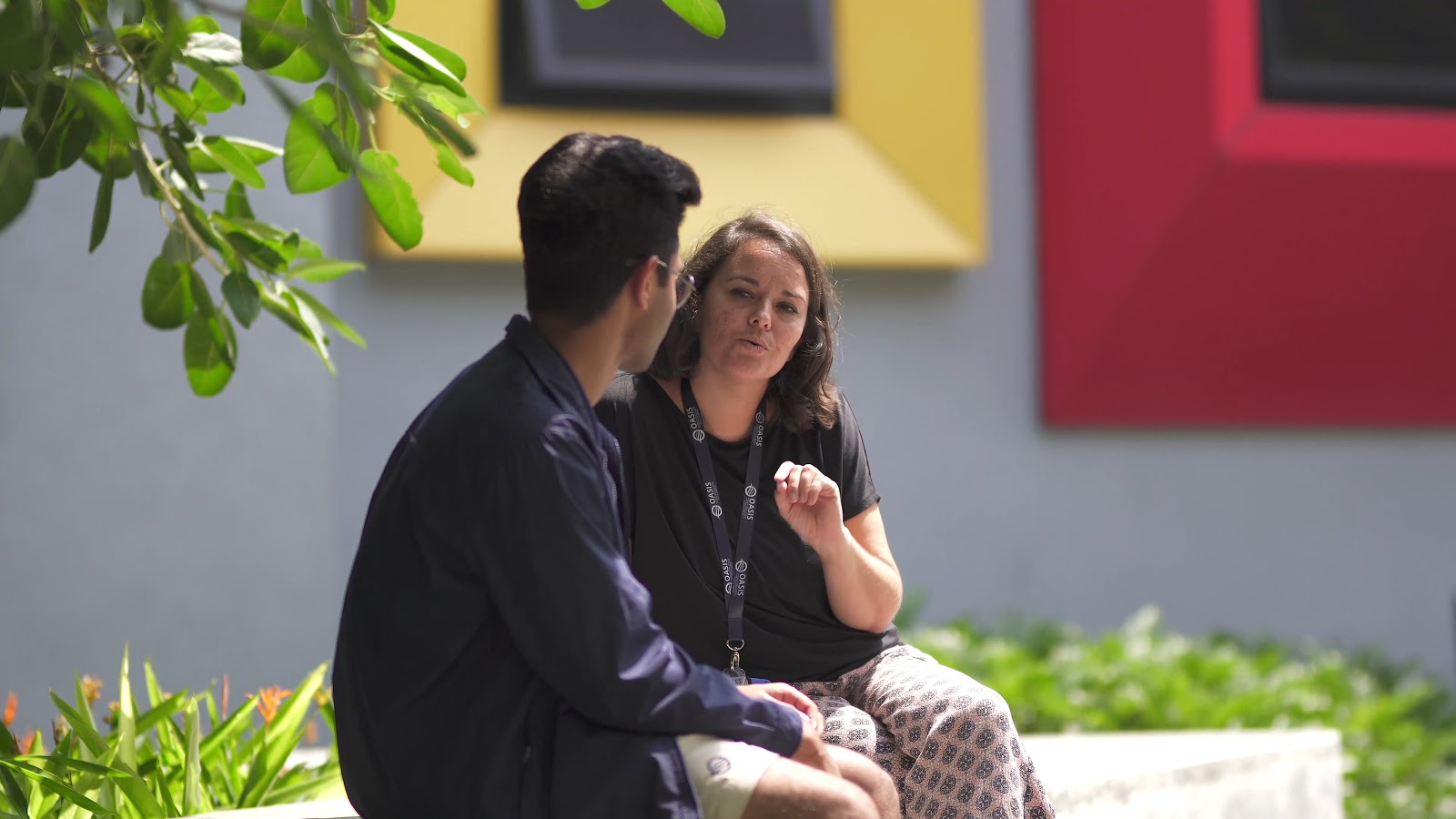
At 10th grade and onwards, students can opt into the Advanced Placement (AP) program, which are university-level courses that they have an interest in. However, there are grade prerequisites to taking the course. For example, a student who wants to take AP Calculus AB will need to have scored a B+ or higher in their Pre-Calculus course.
Hence, the AP program will require a higher level of commitment from students who choose to take it. Upon completion of the course, they sit for the AP exam. If they receive certain marks on that exam, they are able to receive university credit for that course. The AP program was developed and administered by the college board, the same organisation responsible for the SAT tests, and is designed to help higher education institutions assess students for entry into college and university.
As mentioned, the AP program is more rigorous than standard US high school courses and can be compared to the A Levels and the International Baccalaureate program. Taking the AP program can provide a leg up for students, especially when it comes to getting into the more competitive universities as it provides a good idea of a student’s academic abilities.
Just to be clear, the AP program and the IB Diploma program is not the same. The IB Diploma program is a full curriculum, while APs are not intended to form a full curriculum. Instead, they are specific courses such as Arts, English, History and Social Sciences, Sciences, etc. Additionally, students can take AP tests without having to be enrolled in an AP class, while one cannot do the same with an IB exam. In order to take an IB exam, a student has to be enrolled in the IB program.
When it comes to standardized tests, students can take the SAT in 11th or 12th grade, administered by the College Board which is intended to measure literacy, numeracy and writing skills needed for academic success in college. The SAT is not an assessment that students prepare for in the same way that they prep for other assessments. Having said that, there are particular ways that students practice for the SAT, including the PSAT, which OIS offers for students’ 9th and 10th grade years.
Putting your child in a school like Oasis International School that follows the US curriculum is a great way to pave their path for a strong tertiary education. Even if they don’t intend on studying in the US, the High School Diploma earned at the end of 12th grade is recognised all over the world.
Last but not least, here is an alternative way of looking at education: The US curriculum may not be as stressful as other ways of learning due to the fact that there are less exams. However, learning does not have to be a stressful experience for students in order for it to be good. Actually, it can be quite detrimental if the whole educational experience of the child is stressful. It could even make them not enjoy learning.
Sparking a love for learning is vital in ensuring students are prepared for the world ahead - both at university and their careers.
For any inquiries, you can visit the Oasis International School (OIS) website. You can also contact the admissions team at +60 3-5525 8111 or email them at admissions@ois.edu.my.
Recent Articles
- Why is My Child Being Silent or Difficult?
- Dr Wendy: A Visionary Leader Shaping the Future of Education at SISM
- Garden International School Launches RM100 Million Sports Complex to Champion Sports and Holistic Education
- The Rise of Online Schools: A New Era in Education
- How Malaysia’s Landscapes Inspire International School Leaders and Their Families
